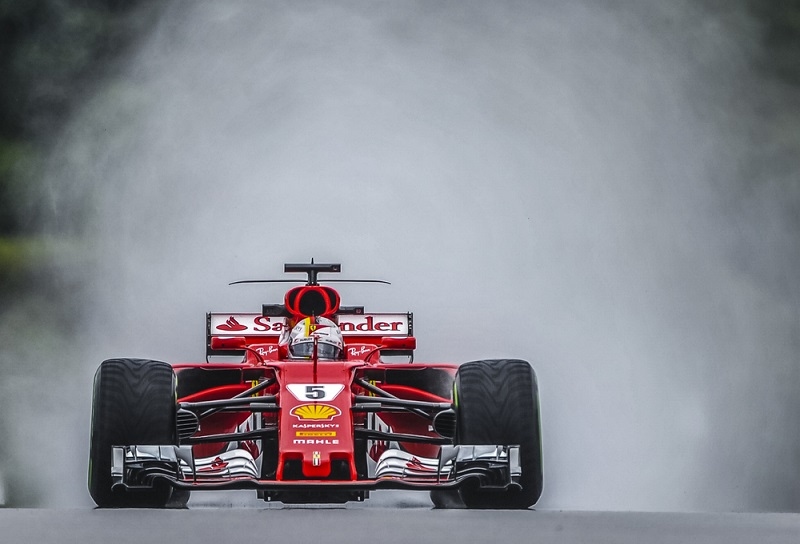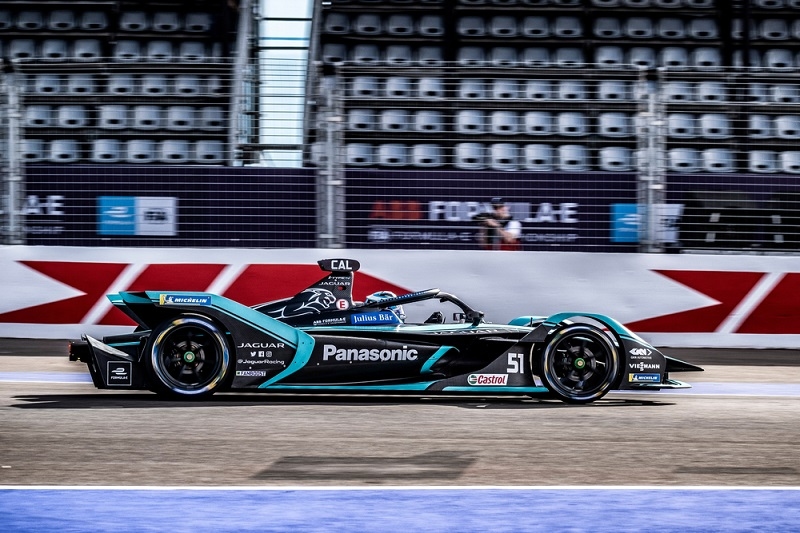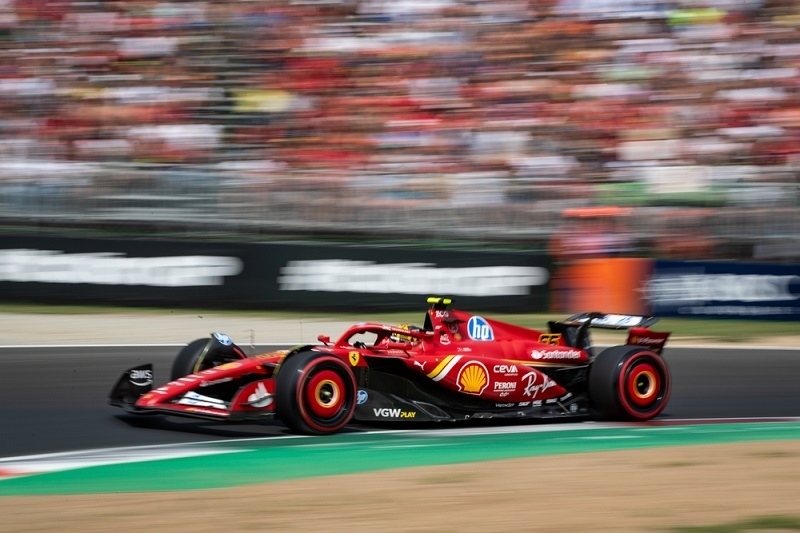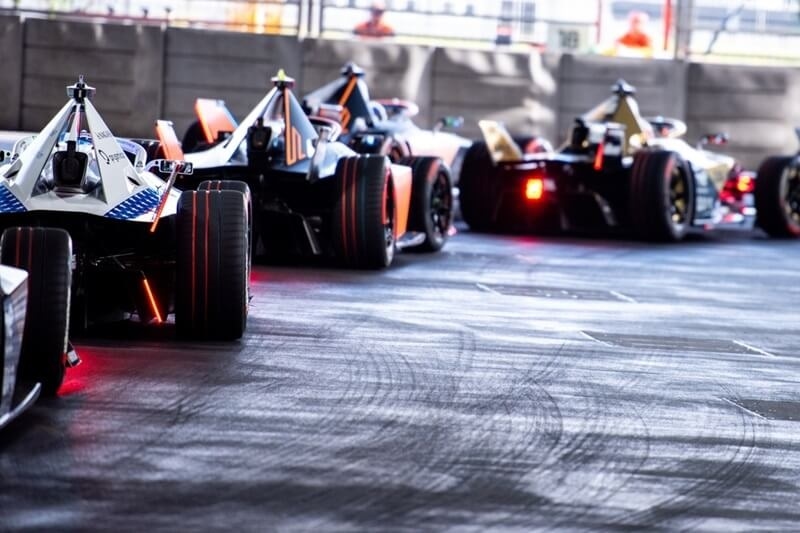Formula 1 vs Formula E Key Differences Explained for Fans

The adrenaline of Formula 1 racing (F1) is commonly discussed among racing fans, yet there is a newer format, Formula E racing (FE), that is rapidly gaining popularity. Although they are both about speed, tactics, as well as drivers who are world-class, they are in fact quite different. The general similarities between the two are that it is either a long-time F1 fan or you are simply wondering about electric racing, it is paramount to know the significant differences. The comparison of Formula 1 and Formula E will be more detailed as we identify the differences that exist between the two famous automobile racing series.
Power and Speed: Who’s Faster?
The most conspicuous difference between F1 and FE is speed. Form 1 cars are faster than the Formula 1 cars, but it is not all about speed.
Formula 1 Speed
One of its greatest enticements is its Formula 1 speed. The maximum speed of F1 cars is 370 km/h (230 mph). They use hybrid V6 turbo engines, which are gasoline-electric powered hybrids. Its speed is unbelievable because it reaches 0 to 100 km/h in only 2.5 seconds.
F1 racing cars have been designed to run on high tracks such as Monza and Silverstone. The sharp corners and the long straights that the track has prove both the car and the F1 driver. There is very cutting-edge engineering involved, and that is why F1 is the performance supplier in racing.
Formula E Speed
On the other hand, Formula E speed is lower. FE cars can reach a top speed of around 320 km/h (200 mph) in Gen3 models. Unlike F1, Formula E cars are fully electric. They use batteries instead of fuel, which limits their top speed and power.
However, FE races are held on tight city circuits with many corners, so pure speed isn’t everything. Quick acceleration, regenerative braking, and energy efficiency are more important in Formula E.
Engine and Technology Differences
The difference between Formula 1 and Formula E becomes more obvious when you compare the engine and tech used in each sport.
F1 Engine Technology
F1 cars use 1.6-liter V6 turbo hybrid engines. These engines are extremely powerful and use both fuel and electricity. There’s an Energy Recovery System (ERS) that captures energy from braking and heat. This adds a boost of power during races.
F1 teams spend millions on improving their engines every year. The technology trickles down to road cars over time, making F1 a testing ground for car companies.
Formula E Electric Power
FE cars are 100% electric. There is no fuel involved. Instead, the battery powers the car, and drivers use regenerative braking to charge the battery during races. The newer Gen3 cars are more efficient and powerful than before, offering better performance.
The goal of Formula E is not just racing, but also promoting sustainable technology. It’s all about clean energy, innovation, and reducing carbon emissions.
Race Format and Circuits
The format of the races and the tracks they use are very different in F1 vs FE.
F1 Circuits
F1 races are usually held on large, custom-built race tracks or famous road circuits like Monaco. These tracks are long (about 5–7 km) and feature fast straights, high-speed corners, and lots of overtaking opportunities.
Each race weekend includes three practice sessions, qualifying, and the main race on Sunday, which lasts up to 2 hours or 305 km, whichever comes first.
FE City Circuits
FE races are held on temporary city circuits, often in the heart of major cities like London, New York, or Berlin. These tracks are shorter (usually 2–3 km) with tight corners, narrow roads, and fewer overtaking chances.
The FE weekend is compact. There’s usually one practice session, qualifying, and the race — all in one day. This makes it more intense and fast-paced for both drivers and fans.
Sound and Sensation

One of the biggest differences fans notice is the sound of the cars. Let’s look at what you’ll hear trackside in Formula 1 vs Formula E.
The Roar of F1
F1 cars are loud. The engine noise is part of the thrill. Even though the current hybrid engines are quieter than the old V8s and V10s, they still produce a deep, powerful sound that fans love. Ear protection is often needed at the track.
The Whirr of FE
FE cars are much quieter. You hear more of a high-pitched whirring sound, like a spaceship. There’s no engine roar because the motors are electric. Some F1 fans enjoy the cleaner sound, while others miss the traditional noise.
Environmental Impact
As the world focuses more on climate change, motorsports are changing too. This is where Formula E shines.
F1’s Environmental Efforts
F1 has started its carbon-reduction program. The sport aims to become carbon-neutral by 2030, with sustainable fuels and better logistics. However, it still relies on fossil fuels and global travel, which makes it less eco-friendly for now.
FE’s Green Mission
Formula E was built around sustainability. The entire sport is carbon-neutral, from the cars to the event logistics. All races use renewable energy where possible, and the cars are electric, producing zero emissions during the race.
If you care about the planet, FE offers a cleaner and greener racing experience.
Teams and Budgets
The teams in both series differ in terms of money, size, and structure. This affects competition and development in both sports.
F1: Big Money, Big Names
F1 teams like Mercedes, Ferrari, and Red Bull have huge budgets — often over $150 million. They have hundreds of engineers, advanced facilities, and sponsors. This allows them to push the limits.
FE: Cost-Controlled Competition
FE has cost caps and standard parts to keep the sport affordable and fair. Teams like Jaguar, Porsche, and Nissan compete, but the performance gap is much smaller. This means closer races and more unexpected winners.
Pit Stops and Strategy
Strategy plays a huge role in racing. But pit stops and race plans are very different in Formula 1 vs Formula E.
F1 Pit Stops
F1 races include pit stops for tire changes. Teams aim to do it in under 2.5 seconds, making it a high-pressure moment in the race. The type of tire chosen also affects speed and race strategy.
FE Strategy
FE races usually don’t require pit stops, unless there’s damage. Drivers manage battery power instead of tires.
Fan Engagement and Innovation
Both sports are looking for new ways to connect with fans. Here’s how they do it.
- F1’s Global Appeal: F1 is a global phenomenon with millions of fans. It has a long history, famous drivers, and massive media coverage.
- FE’s Digital Approach: Formula E focuses heavily on fan interaction. The Fan Boost feature lets fans vote for drivers to receive extra power during the race.
Conclusion
Finally, although both Formula 1 and Formula E provide exciting motorsports, these two appeal to various tastes and values. Formula 1 is all about speed, state-of-the-art engineering, and decades-long heritage. Conversely, Formula E is the future of racing, and emphasizes on the idea of a sustainable, innovative and electric-powered racing. The factor that separates Formula 1 and Formula E is not only the pace of the vehicles, but it is also the goals, formats, and even the fans' experience.
This content was created by AI




